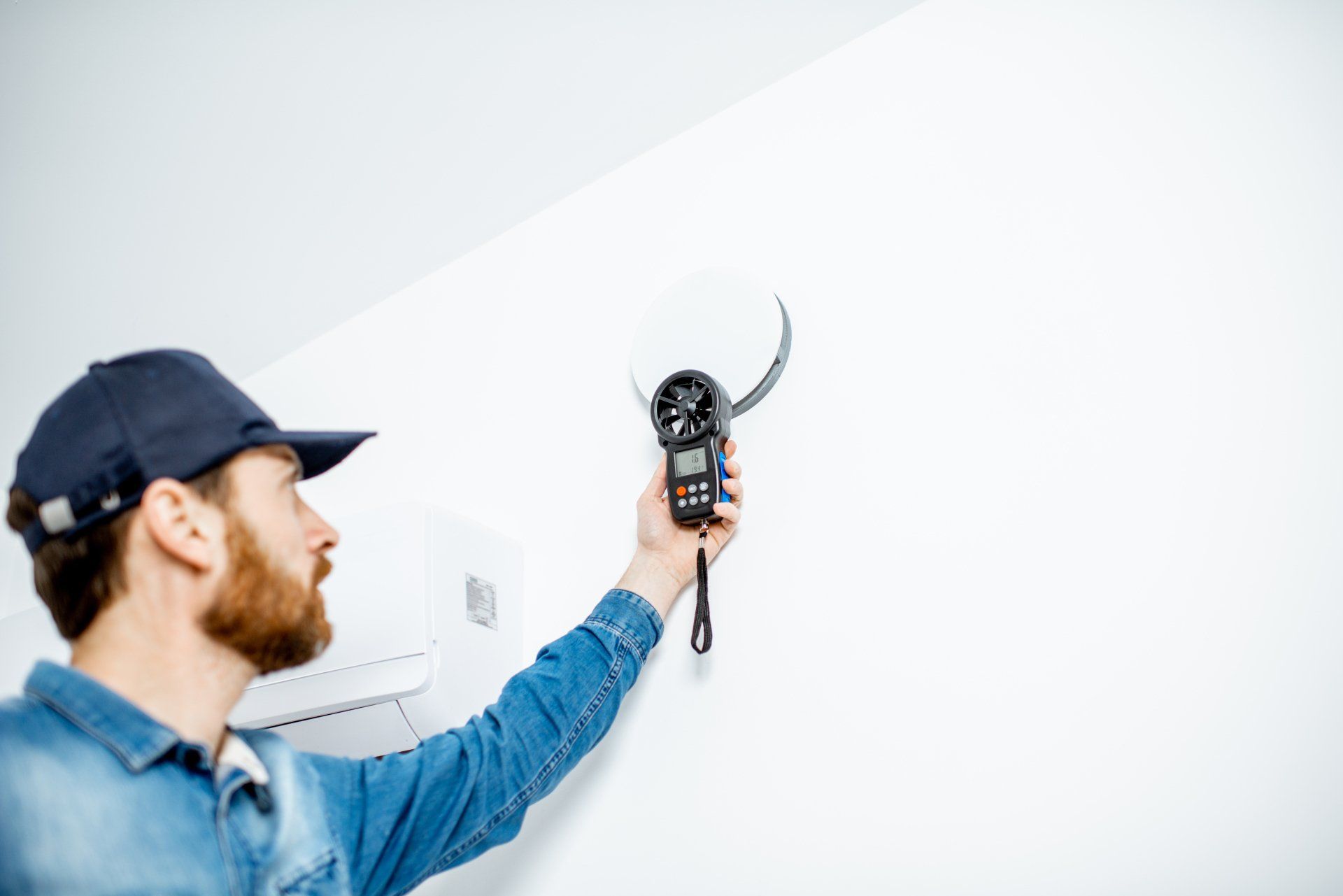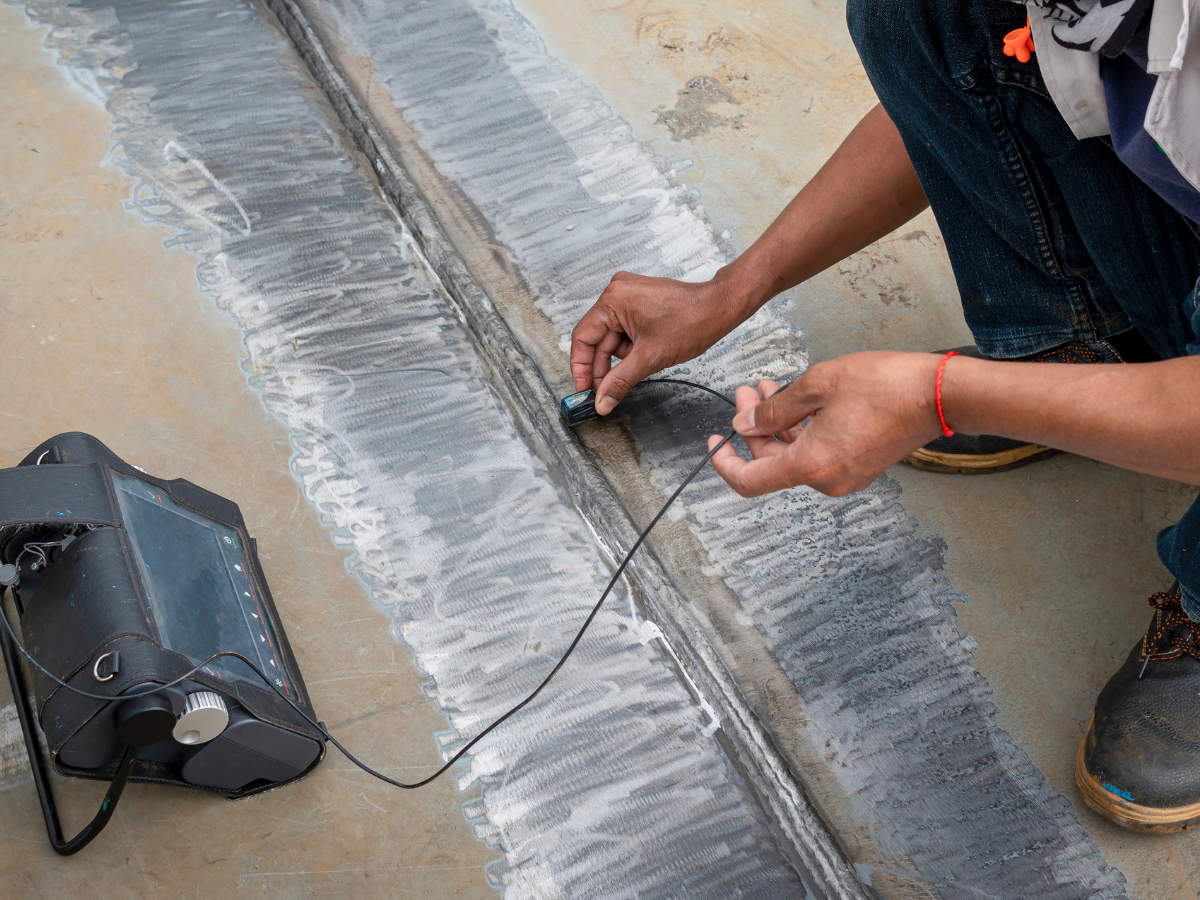Ground Penetrating Radar The Unique Applications
December 9, 2021
While The Most Ideal Application is Locating Voids and Utilities, GPR Goes Above and Beyond
When used in unison with the standard Ground Penetrating Radar equipment, equipment such as leak detectors, electromagnetic induction, and the like allow technicians to discover leaking pipes, trace and map utility lines with GPS, assist in archaeological digs, assess changes in the environment (soil contamination), and assist law enforcement without destroying evidence, among many others.
Archaeology
When Ground Penetrating Radar (GPR) is used with Electromagnetic Induction, technicians are able to assist archaeologists with digs. Using non-invasive techniques, historic sites can be ‘uncovered’ simply by utilizing these imaging systems. The crucial part of all of this is that these historic sites remain underground and protected.
Most recently, scientists, with the assistance of GPR technicians, were able to discover a holocaust escape tunnel without destroying or interrupting it.
Forensics
Again, with the key part of Ground Penetrating Radar being that it is non-invasive, technicians are easily able to assist law enforcement with investigations. Since non-invasive techniques are utilized, evidence will not be at risk for contamination or destruction. Buried weapon caches, evidence, or even clandestine burials are among the applications that technicians are able to properly locate and identify.
A great story recently came out of Vietnam where individuals are utilizing GPR to locate and return the remains of Vets missing in action from years ago.
Mars
Yes, Mars! Aboard NASA’s Mars Reconnaissance Orbiter, a Ground Penetrating Radar system was utilized called the Shallow Subsurface Radar. This system was able to ping toward Mars more than 700 times per second. This system allowed scientists to see beneath the surface of Mars revealing that it had gone through an extreme ice age that would have put Earth’s ice age to shame. This system also revealed to the scientists that, after creating a 2d map of the subsurface, there is a lot of H2O and CO2 trapped.
In summary, it is clearly becoming more and more obvious that these Ground Penetrating Radar systems are becoming more and more important in the world of science, investigations, and even environmental monitoring. This is yet another nondestructive testing method that can not only teach us more, but do so noninvasively and safely.
You might also like





